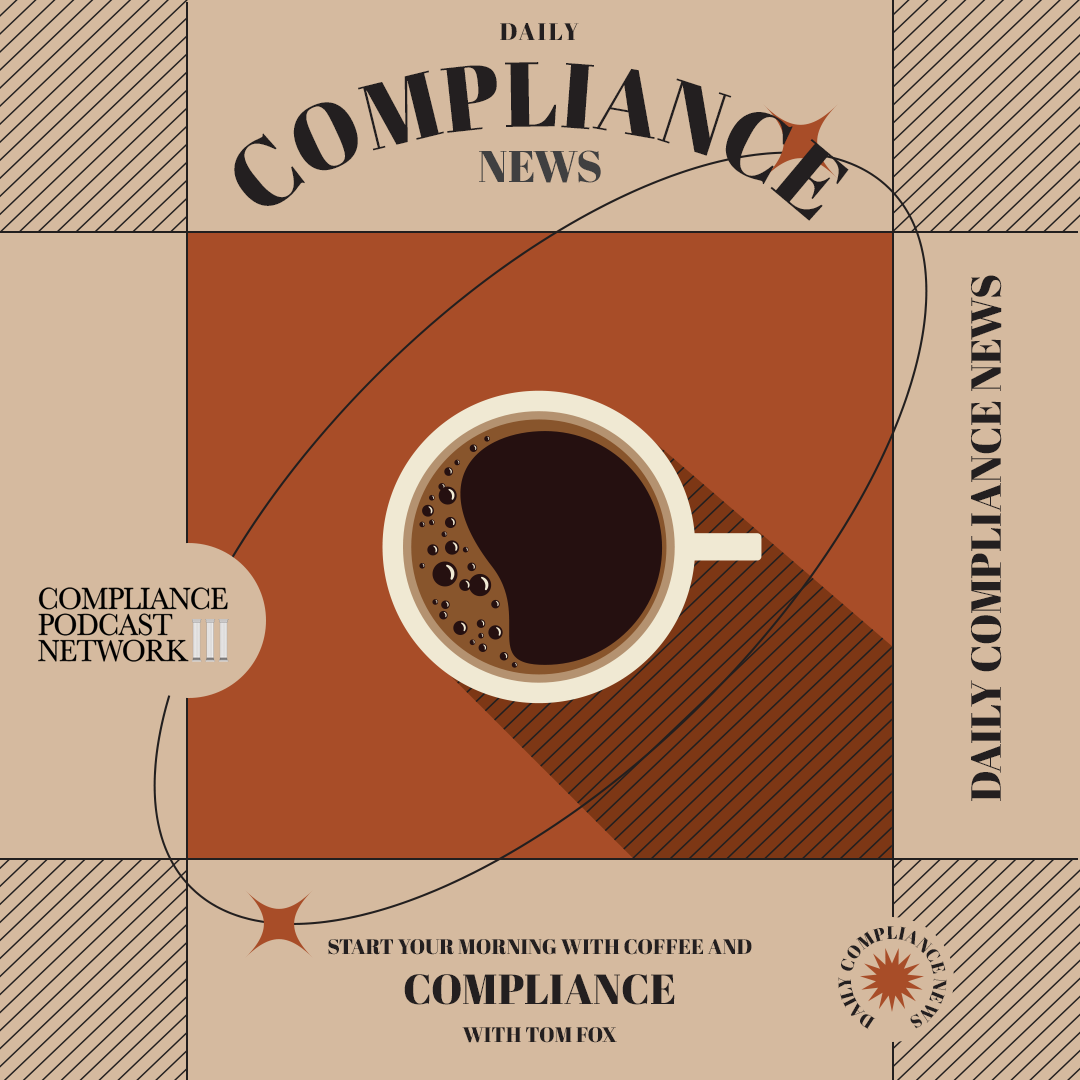I recently had the pleasure of sitting down with Lisa Levy, a business strategy and organizational development thought leader. Our conversation delved into the complexities and importance of succession planning, particularly in today’s workforce, which spans five generations. In today’s blog post, I will relate key insights from our discussion and explore why succession planning is more critical than ever.
The Need for Succession Planning
Given the diverse age groups in today’s workforce, we discussed the increasing importance of succession planning in 2024. We began with the traditional assumption of linear succession, where roles are handed down the hierarchy, no longer holds. “The hierarchy of organizations has been blown up,” Levy said. With people staying in the workforce longer and new generations entering with different expectations, succession planning has become a dynamic and strategic exercise. It’s not just about filling roles when someone leaves but embedding succession planning into the organizational culture.
Impact of Generational Diversity
We explored the challenge of managing a workforce that includes Baby Boomers, Gen X, Millennials, Gen Z, and now GenAlpha. Levy emphasized that each generation brings its own set of expectations and work styles. For instance, Baby Boomers, protected by legal frameworks against age discrimination, may stay in their roles longer, potentially blocking career progression for younger employees. This situation mirrors the “Queen Elizabeth, Prince Charles problem,” where long-lived leaders delay the ascent of the next generation. Similarly, in corporate settings, prolonged tenures of older employees can hinder the career growth of Gen X and millennials, who are ready and eager to take on leadership roles.
Shifting Perspectives on Career Progression
Levy underscored the importance of recognizing and adapting to the changing expectations of younger generations. Unlike previous generations, Millennials, Gen Z, and GenAlpha are less likely to stay in a job that doesn’t align with their values or offer growth opportunities. They prioritize work-life balance, purpose, and continuous learning over long-term job security. Levy pointed out that while Baby Boomers and Gen X might have stayed in roles out of a sense of duty, younger employees are more willing to move on if their needs aren’t met. This fluidity in the workforce requires companies to be more proactive in their succession planning efforts.
Implementing Effective Succession Planning
Levy provided a detailed look into how organizations can approach succession planning strategically. It starts with understanding current employees’ skills, aspirations, and potential. She advocated for a holistic approach that involves:
- Regular assessments are done by continuously evaluating employees’ skills and career aspirations.
- Institutional Memory by capturing and documenting the knowledge and experiences of long-term employees through interviews and other means.
- Growth Opportunities by providing training and development programs to prepare employees for future roles.
“Succession planning is a project,” Lisa noted, “but embedding it into the culture is a process.” This process requires ongoing effort and commitment from leadership to ensure that the organization remains resilient and prepared for unexpected changes.
The Role of Technology
We also discussed the role of technology in modern succession planning. AI and other digital tools can significantly enhance the process by:
- Identifying Skill Gaps: Analyzing employee data to pinpoint areas where training is needed.
- Automating Processes: Streamlining the creation and implementation of development plans.
- Enhancing Communication: Facilitating better communication and feedback loops between employees and management.
Levy mentioned how these tools can save time and resources, making the succession planning process more efficient and effective.
The Human Element
Despite the benefits of technology, Levy stressed the importance of the human element in succession planning. Effective communication and understanding employees’ needs and aspirations are crucial. Leaders must be willing to listen and engage in meaningful dialogues with their teams. She shared a powerful example: “Imagine if you’re listening to a retiring employee tell their story of the last 30 years, including their successes, failures, and lessons learned. This helps in knowledge transfer and inspires and prepares the next generation of leaders.”
As we concluded our conversation, Levy reiterated that succession planning is not a one-time task but a continuous, strategic effort. It’s about building a resilient organization capable of adapting to change and nurturing talent from within.
For those looking to implement or improve succession planning in their organizations, Lisa offered this advice: “Succession planning requires time, effort, energy, and commitment. But it ultimately makes your business resilient to unexpected change.” Succession planning is more critical than ever in our multi-generational workforce. By taking a proactive, strategic approach and leveraging both human insight and technological tools, organizations can ensure they are prepared for the future while fostering a culture of continuous growth and development.






